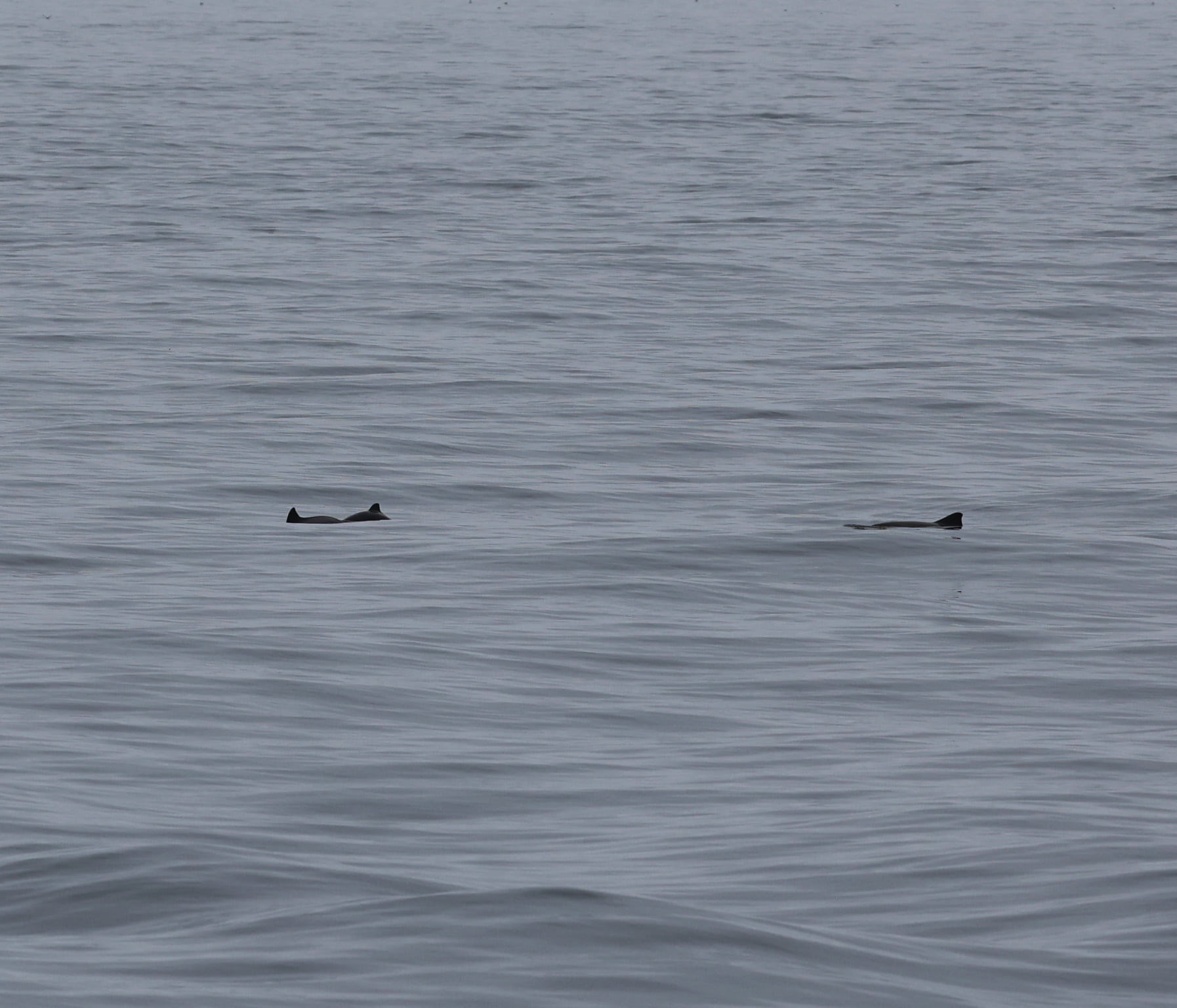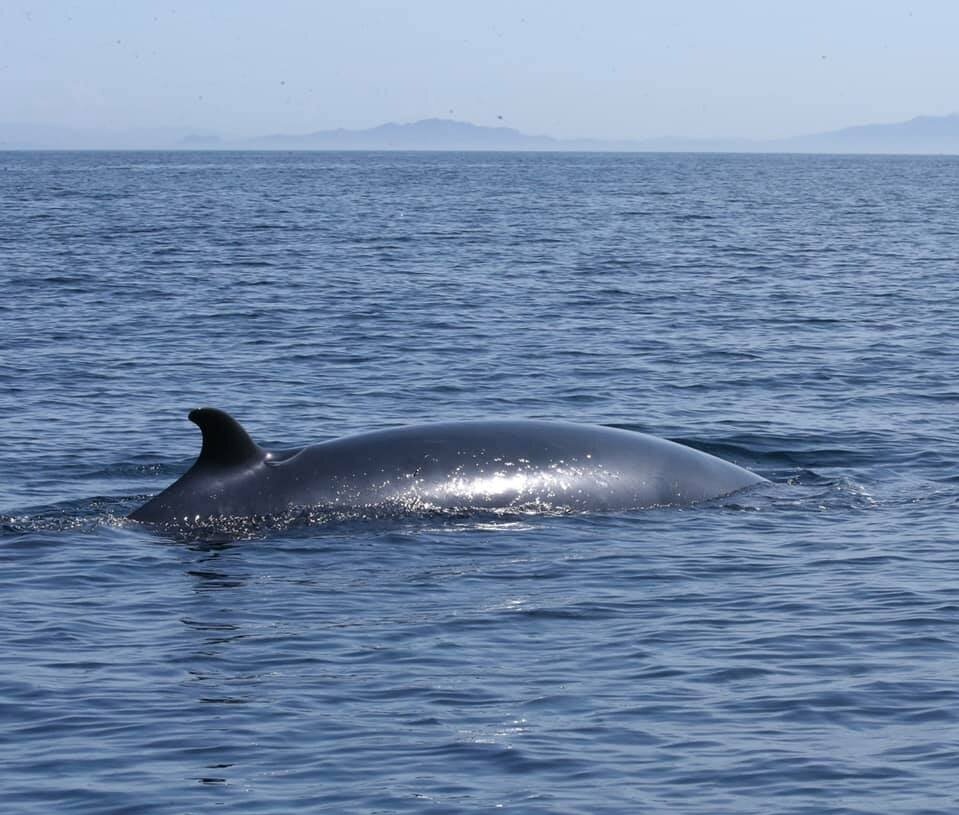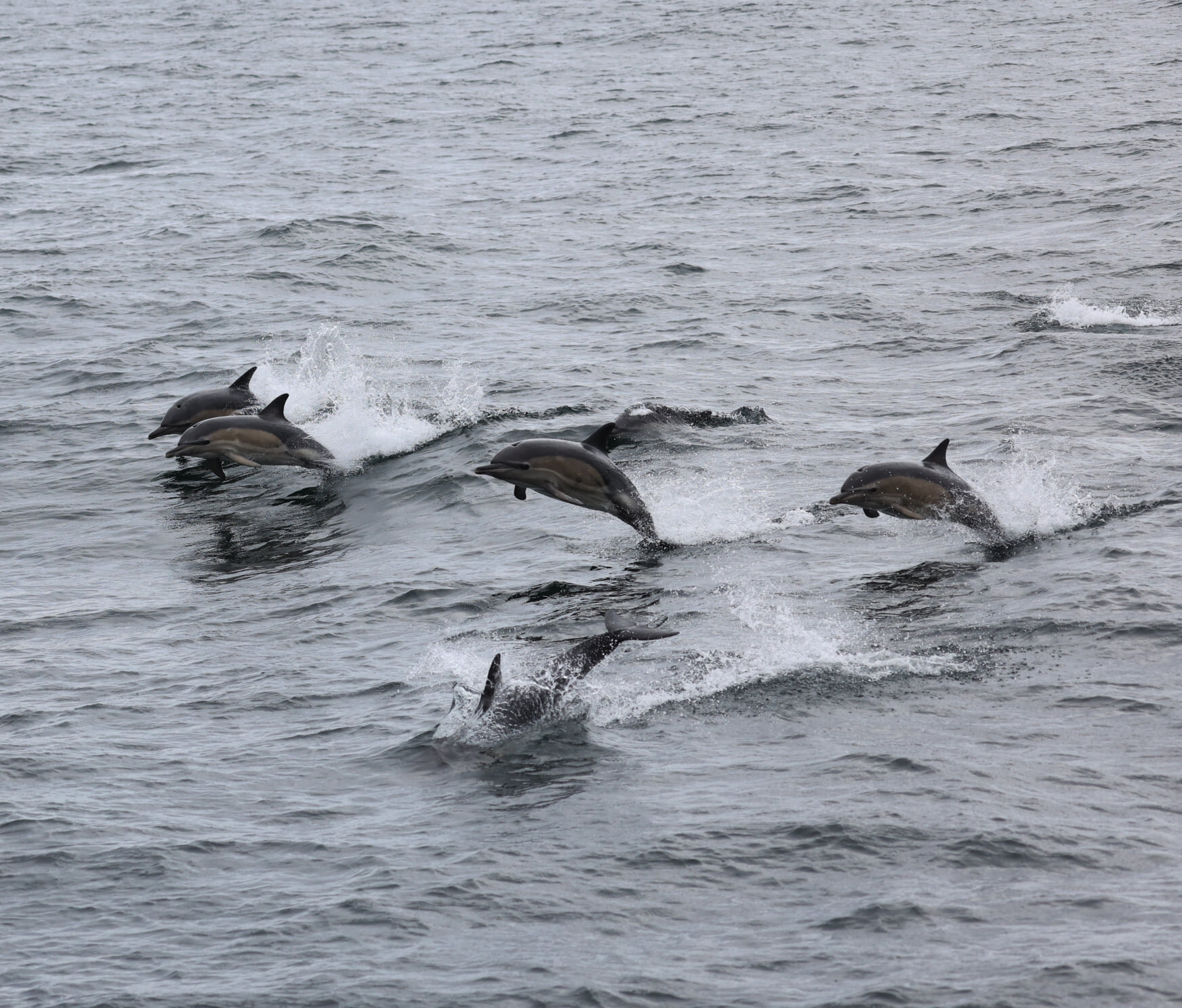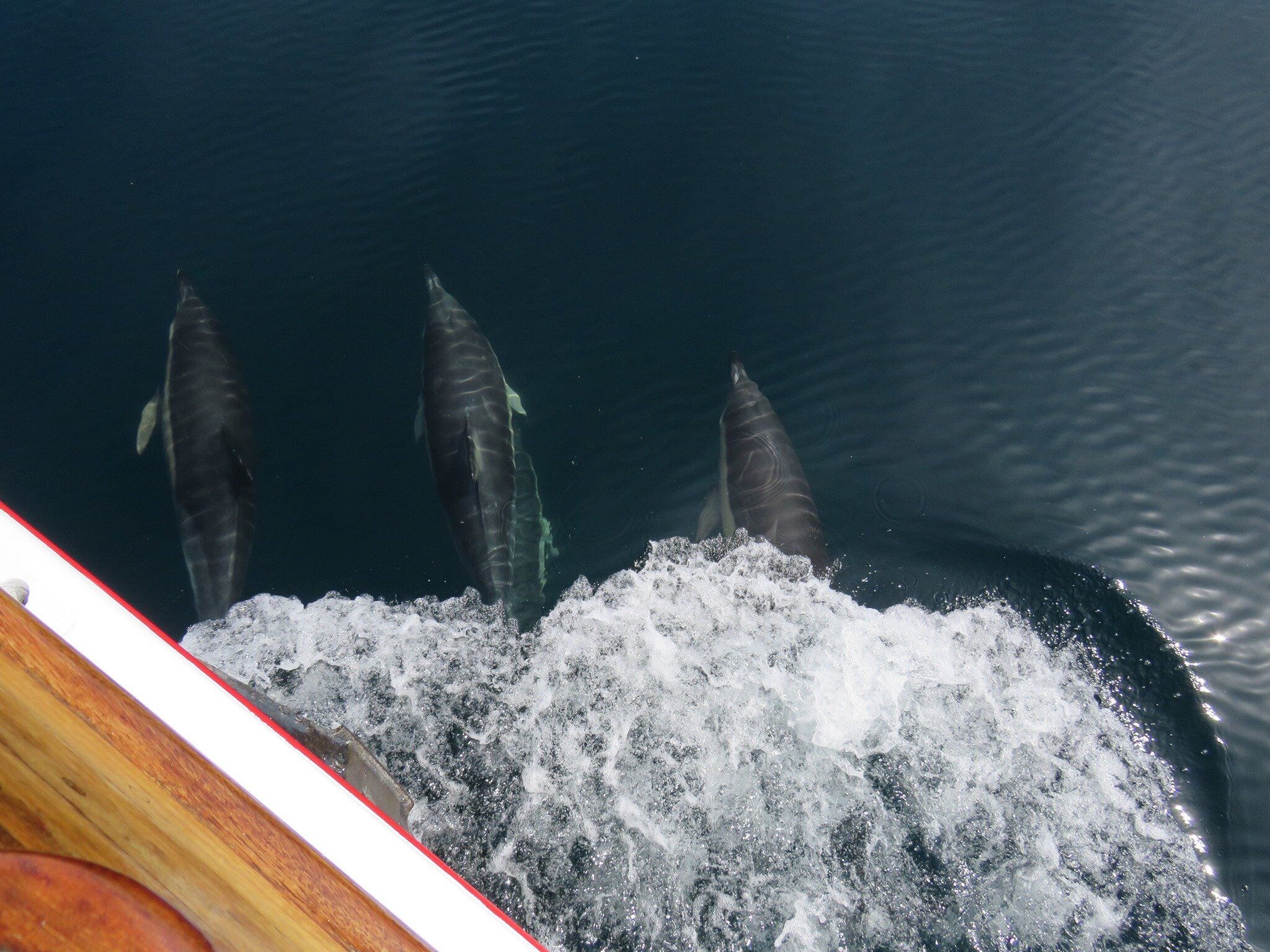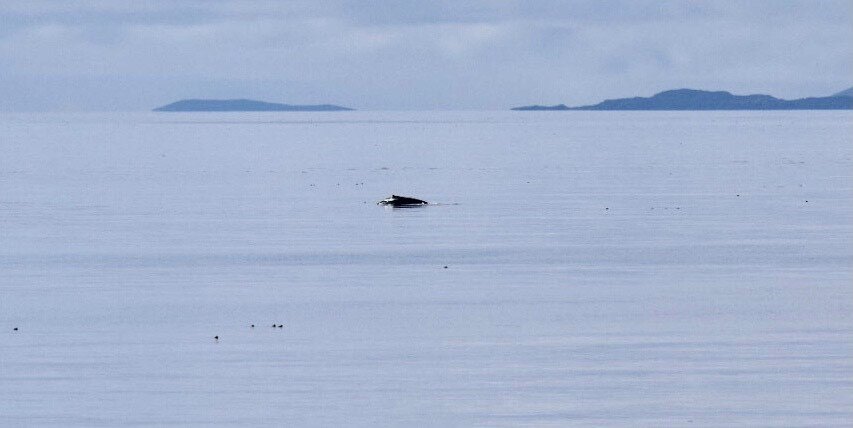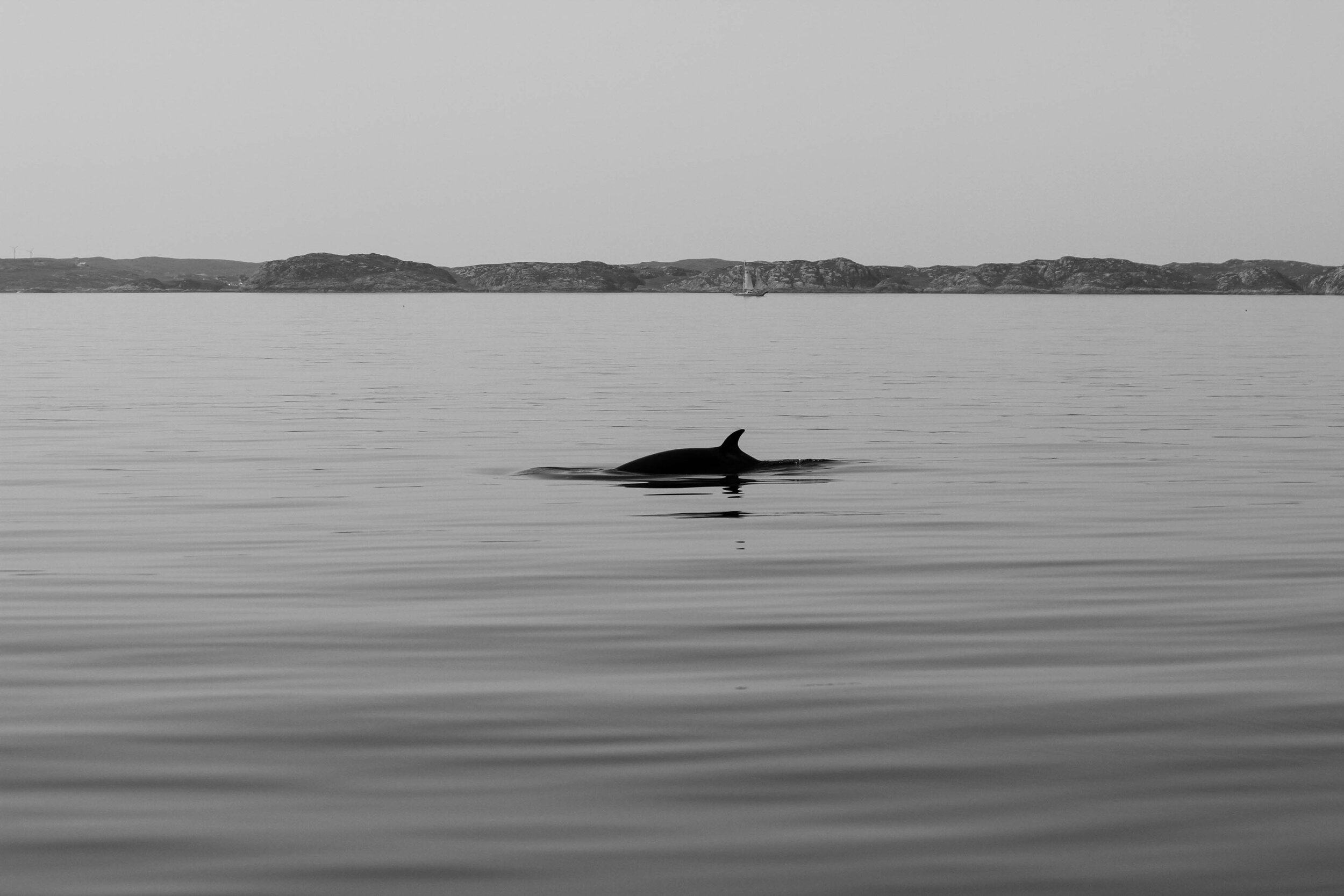Nine species recorded during National Whale and Dolphin Watch, including a leatherback turtle.
THANK YOU TO EVERYONE THAT REPORTED A SIGHTING AND WENT OUT WATCHING DURING NATIONAL WHALE AND DOLPHIN WATCH (NWDW) 2021.
The sightings you have reported on Whale Track have been superb!
Join us and dive in, to explore whaT’s been spotTED:
Almost 500 sightings were reported to us on Whale Track during Sea Watch Foundation’s nine-day event which ran from the 24th July to 1st August.
In total, nine amazing species were recorded, offering us a glimpse of the diversity of species that can be seen here in Scottish waters.
Minke whale and harbour porpoise were the two species most frequently reported, with minke whales just pipping the porpoises to the post.
We were especially delighted to learn of the return of Knobble and Kasey, two much-loved minke whales that have been returning to Scottish waters now for the last 20 years.
Common dolphins had a strong presence across the Sea of the Hebrides and up into the Minch. The average pod size was around 30 animals and if we tally up all the common dolphins counted during NWDW, we are talking just shy of 900 dolphins!
Bottlenose dolphins were also seen fairly frequently, with around 30 sightings and an average group size of 10 animals. Most sightings were reported south of Ardnamurchan, around Mull, down Kintyre Peninsula and around Arran and the Firth of the Clyde. There were also a few sightings reported around Barra.
We love this video sent in by Chris Hart, of bottlenose dolphins coming over to bow ride his yacht, whilst he was out with his family.
Your photos and videos are full of helpful information. In Chris’s video it’s possible to see details of the dolphin’s fins. Each dolphin’s fin is unique, like a fingerprint, which allows us to recognise individuals in the group and study their movements and behaviours.
Last week we put out a call for photos and videos of whales and dolphins, as we are updating our minke whale and bottlenose dolphin catalogue. Thank you to everyone that has sent in your photos and videos so far. There is still time to get involved so please follow this guide to contribute videos or photos along with your sightings.
Your sightings are also helping to uncover more about rare species. During this year’s event, two species in particular stand out, humpback whale and leatherback turtle, both of which were spotted from ferries.
Neil Morgan couldn’t believe his luck when he spotted humpback whales during the crossing between Uig (Skye) and Tarbert (Harris). They appeared so quickly that he didn’t have time to grab his camera but instead managed to snap this photo from inside the ferry on his phone.
Kat Milligan was also surprised and equally delighted to spot a turtle from the ferry between Rum and Muck. The following day, Steve Goddard, also reported a leatherback turtle in a similar location.
Both humpback whales and leatherback turtles are ocean wanderers, undertaking enormous migrations between their feeding and breeding grounds. In the UK it is possible to see both species, as they stop off in our waters to rest and feed. Most sightings of these species are reported by the community.
Finally, last but not least, we also received reports Rissos’ dolphins, and killer whales.
Kevin Munro spotted a sizeable pod of about 10 Risso’s of Harris from his fishing boat and a pod of five or six killer whales were reported by William Beedie, Skipper from Go to St Kilda between the island of Boreray and the Sound of Harris. Unfortunately, Will wasn’t able to get photos of the pod this time, as they disappeared below the waves at the critical moment and remained hidden by the swell.
All these sightings are a testament to the 95 people who spotted these animals from all kinds of platform including aircraft, kayak, sailing yacht and fishing boat.
The majority of sightings (~60%) were reported from motor vessels with many of these records submitted by dedicated crews working onboard wildlife-watching vessels, who are passionate about contributing to the conservation of these amazing species.
In addition, over 50 sightings were reported by folks watching from land, highlighting how rewarding land-based whale-watching can be.
In total, over 2800 animals were recorded by you, on the west coast of Scotland in 9 days!
Every sighting and photo submitted is important and reveals information about these incredible marine animals.
By sharing your sightings with Sea Watch Foundation and other partners, and taking part in events like this, we are all working together to build a long-term picture of UK cetacean populations and distributions.
It is thanks to your sightings that we can better protect and conserve these amazing animals.
So thanks again for tracking your excursions and submitting your sightings on Whale Track! Your continued efforts are massively appreciated.
HWDT’s involvement in National Whale and Dolphin Watch 2021 has been made possible by an award from People’s Postcode Trust, a grant giving charity funded entirely by players of People’s Postcode Lottery


